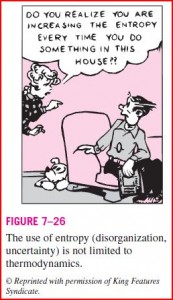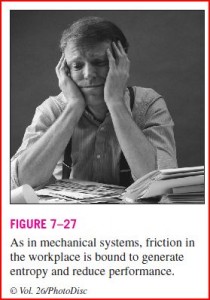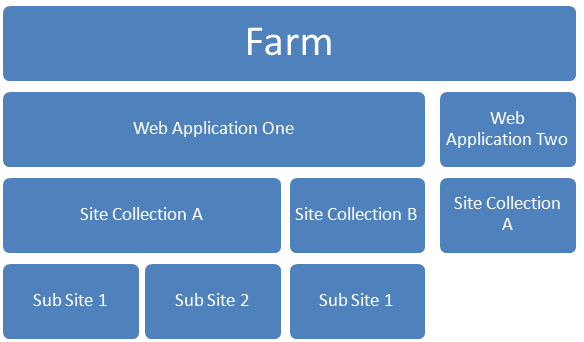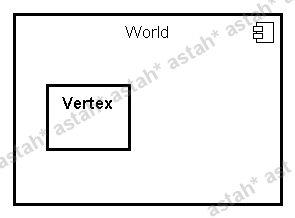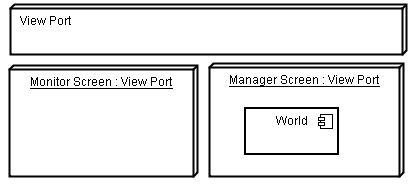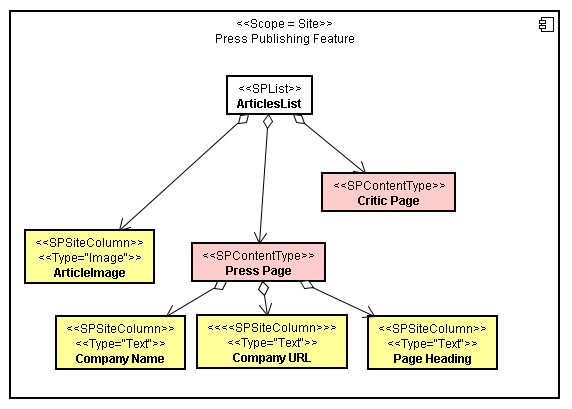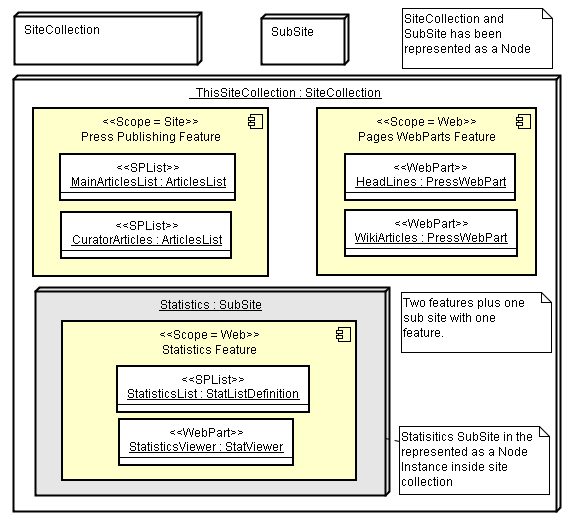THIS IS A REDUNDANT POST 😀 AND THE ORIGINAL POST IN MY Quantity System Blog
http://quantitysystem.wordpress.com/2010/04/15/work-and-torque-solution/
———————–
I am really sorry
I didn’t notice that I haven’t posted how did I solve the dilemma of Torque and Work Problem
however the solution was there in my discussion of quantity System http://quantitysystem.codeplex.com/Thread/View.aspx?ThreadId=23672
and also on this post of my personal blog http://blog.lostparticles.net/?p=28
Problem Core: Length
Simply I defined TWO Length Types
Normal Length (NL)
This is the normal length that we refer to it in our daily life
Radial Length (RL)
This is the radius length that have an origin point in center of circle
Quantities
Work: Force * Normal Length
Torque: Force * Radial Length
Angle: Normal Length / Radial Length
In quantity system I made the L dimension as NL+RL
CAN YOU SEE ANGLE
I made it explicitly a quantity that is NOT dimensionless
and THIS SOLVED ALL my problems of this Problem
I won’t argue much let us test 🙂
Torque * Angle = Work
F*RL * (NL/RL) = F * NL <== see what I mean
Torque * Angular Speed = Power
F*RL * (NL/RL*T) = F*NL/T <== where T is the time.
so you may wonder about Angle and Solid Angle
in SI they are all dimensionless but in Quantity System YOU CAN’T consider them like this
(By the way I’ve break the checking for these two quantities to be summable with dimensionless numbers – just to keep the fundamentals as it is although I am not convinced and I may remove it in future but damn it I need support from any physics guy)
ANGLE : NL/RL
Solid Angle: NL^2/RL^2 because its area over area
Frequency = 1/T
Angular Velocity = (NL/RL)/T
do you remember the conversion between RPM to frequency
RPM (Revolution Per Minute) is a Angle / Time
lets test the law
Omega = 2*pi*frequency
pi: radian value which is NL/RL
Omega = (NL/RL) * 1/T = (NL/RL)/T which angular velocity
Discoveries
PI value
PI is ratio of any circle‘s circumference to its diameter WHICH MEANS (NL/RL)
this is the same value as the ratio of a circle’s area to the square of its radius WHICH MEANS (NL^2/RL^2)
which corresponds to radian unit and stradian unit for angle and solid angle quantities.
Reynolds Number
I am not holding back ( Reynolds number is a dimensionless number that measure inertial forces to viscous forces)
WHY we always differentiating between Flow in Pipes and Flow on Flat plate
let’s see with normal length in quantity system
it shows it is a dimensionless quantity
ok let us force my theory about flow in pipes
the pipe have a diameter and Reynolds number is calculated by rho*v*DIAMETER/viscosity
so let me add d as a diameter and solve again
Qs> d=0.5<m!>
RadiusLength: 0.5 m
Qs> rho*v*d/mue
DerivedQuantity: 0.375 <kg/m.s^2.Pa>
NOTE: Adding ‘!’ after the length unit will mark the quantity as Radial Length quantity.
ERROR it shouldn’t be DerivedQuantity at all it should be Dimensionlesss
so there is another term that should be fixed. Do you know which term ???
lets try the velocity with vr=0.5<m!/s>
Qs> vr=0.5<m!/s>
DerivedQuantity: 0.5 <m/s>
Qs> rho*vr*d/mue
DerivedQuantity: 0.375 <kg/m.s^2.Pa>
ALSO ERROR
ok let us try the density
Qs> rhor = 3<kg/m!^3>
DerivedQuantity: 3 <kg/m^3>
Qs> rhor*v*d/mue
SolidAngle: 0.375 <kg/m.s^2.Pa>
CAN YOU SEE THE SOLID ANGLE Quantity
do you remember the above argue about Solid Angle is dimensionless number
can I pretend now that reynolds number for pipes is CORRECT ???
the new density which is kg/m!^3
This is driving me nuts
Pump Affinity Laws
Also pump equations led to the same SolidAngle Quantity not DimensionLess one
Epilogue
I’ve said what I’ve discovered till now about this problem I hope that may be someday someone explain to me or convince me that Angle is really a Dimensionless number after all of this and that my assumption about Torque and Work is Wrong.
Qs> rho = 3[Density]Density: 3 <kg/m^3>Qs> v=0.5<m/s>Speed: 0.5 <m/s>Qs> l=4<m>Length: 4 mQs> mue = 2<Pa.s>Viscosity: 2 <Pa.s>Qs> rho*v*l/mueDimensionlessQuantity: 3 <kg/m.s^2.Pa>
